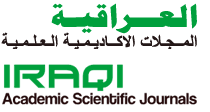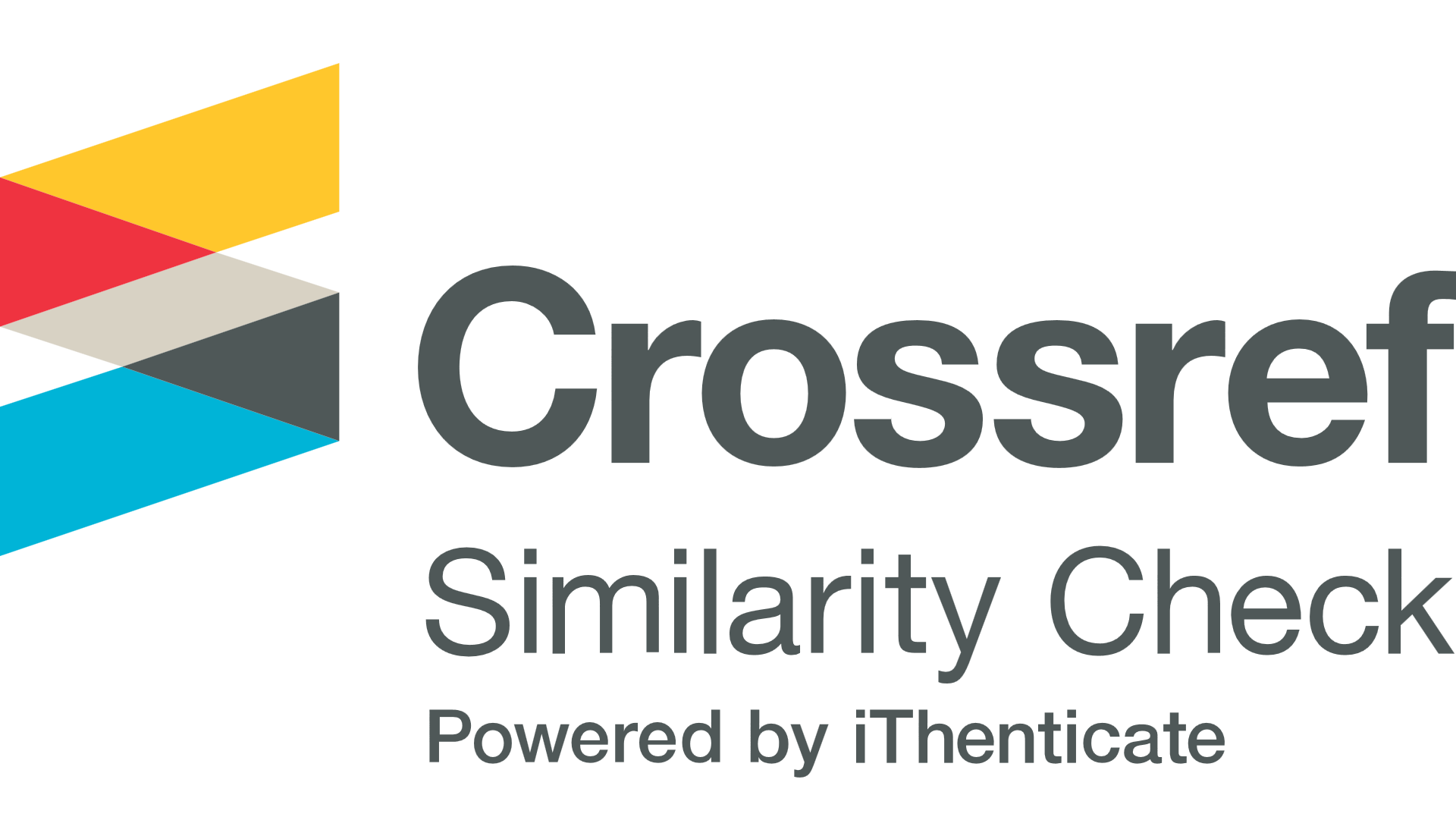Effect of Ultraviolet Radiation and Alpha-particles on Nuclear Track Detector CR-39
Abstract
In this work, the bulk etch rate VB is calculated using various methods, including the removed thickness, the saturation track, and the length-diameter track. A 200 m-thick CR-39 detector manufactured by Page Moldings (Pershore) in the United Kingdom was cut into several identical pieces (1x1 cm2). In order to obtain longitudinal track profiles, these sheets were exposed to alpha particles with an energy of 2.6 MeV emitted from a 241Am source, followed by 30 minutes of exposure to UV light. The CR-39 samples were etched in a 6.25 N NaOH solution at 70 C. These tracks are etched for 15 minutes before being digitally photographed with an optical microscope. It was established that the predominant lengths of alpha particle tracks are those that fall perpendicular to the detector surface. The bulk etch rates for CR-9 were found to be 1.227 m/h for irradiation with alpha, and 2.035 m/h for irradiation with UV and then alpha particles.





